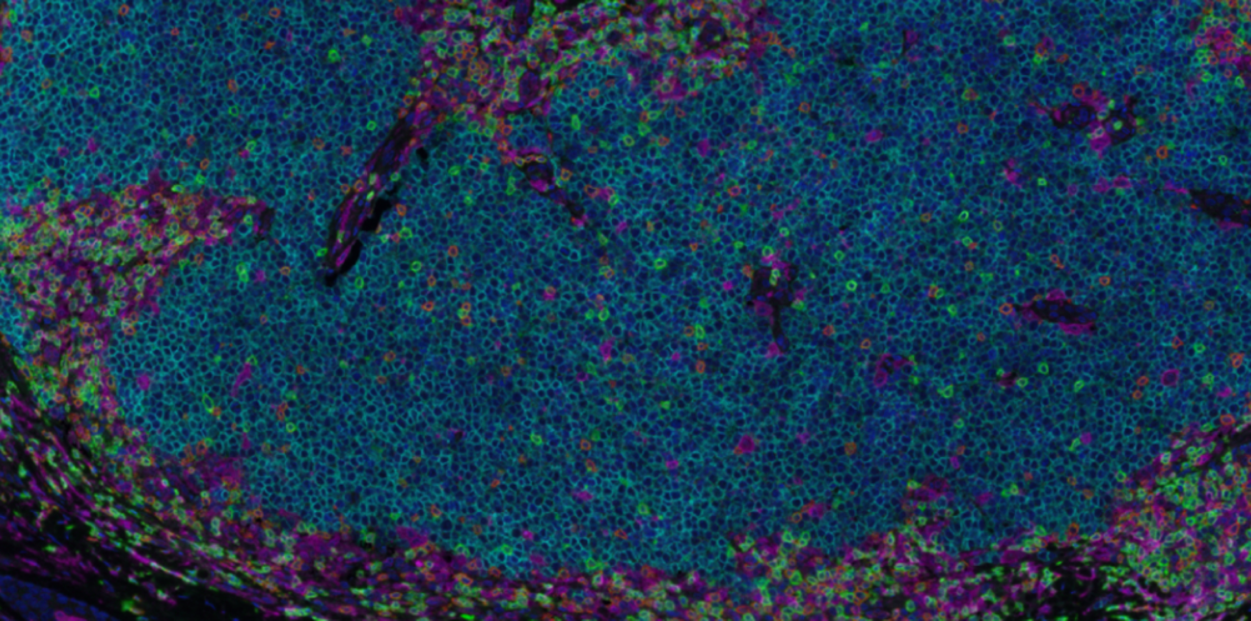Periodic Self-Examination
Dermatologists recommend that one helpful way to guard against melanoma/skin cancer is to do periodic self-examinations. Get familiar with your skin and your own pattern of moles, freckles, and beauty marks. Be alert to changes in the number, size, and shape and color of pigmented areas. If any changes are noticed call your dermatologist.
Prevention of melanoma/skin cancer is obviously the most desirable weapon against this disease. But if a lesion should develop, it is almost totally curable if caught in the early stages. To aid in early recognition of any new or developing lesion, periodic self-examinations are helpful. The following is a suggested method of self-examination that will ensure that no area of the body is neglected. To perform your self-examination you will need a full length mirror, a hand mirror, and a brightly lit room.
- Examine body front and back in mirror, then right and left sides, arms raised.
- Bend elbows, look carefully at forearms, back of upper arms, and palms.
- Next, look at backs of legs and feet, spaces between toes, and soles.
- Examine back of neck and scalp with a hand mirror. Part hair to lift
- Finally, check back and buttocks with a hand mirror.
Practice Safe Sun
You can protect your skin by adhering to the following safe sun practices.
- Limit sun exposure time during peak sunlight hours, 10:00 a.m. - 3:00 p.m.
- Wear protective clothing, including hats and sunglasses
- Apply sufficient amounts of sunscreen on a routine basis with SPF 15 or greater
- Apply sunscreen 30 minutes before going out in the sun. Reapply as necessary.
Practice Skin Problem Prevention
- Keep children under 6 months old out of the bright sun
- Apply sunscreens, and use protective clothing for your children
- It is known that the effects of sun rays are cumulative with a large percent of our lifetime sun exposure occurring before the age of 20.
- Learn to perform regular monthly self skin examinations. Your doctor/dermatologist can help you with this and teach you what to look for.
Definition: SPF = Sun Protection Factor
SPF refers to how much longer you can stay in the sun before turning pink (sunburn). An SPF of 15 means that you can theoretically spend 15 times as long as without the sunscreen before getting pink. Factors such as sweating, reapplication, how the sunscreen is applied affect this number in real life. Many dermatologists recommend that sunscreens are only a part of skin protection (see above safe sun practices). In other words, just because the sunscreen protects from the rays of the sun causing redness or pinkness, doesn't mean that other harmful rays may be having an effect - especially if you use sunscreens alone to be able to stay outside longer .
- Example: If it normally takes 10 minutes to turn the skin slightly pink, and you apply sunscreen of SPF 15 you are "ideally" able to spend 150 minutes (2.5 hours) without getting sunburned.
- SPF 15 x 10 minutes = 150 minutes (2.5 hours)
Be Aware of Medications
Be aware that some medications can cause photosensitivity and increasing risks with sun exposure.
Medications include but are not limited to:
- Water pills (diuretics)
- Ibuprofen
- Tetracycline
- Birth control pills
- Some high blood pressure medications
- Check with your doctor



